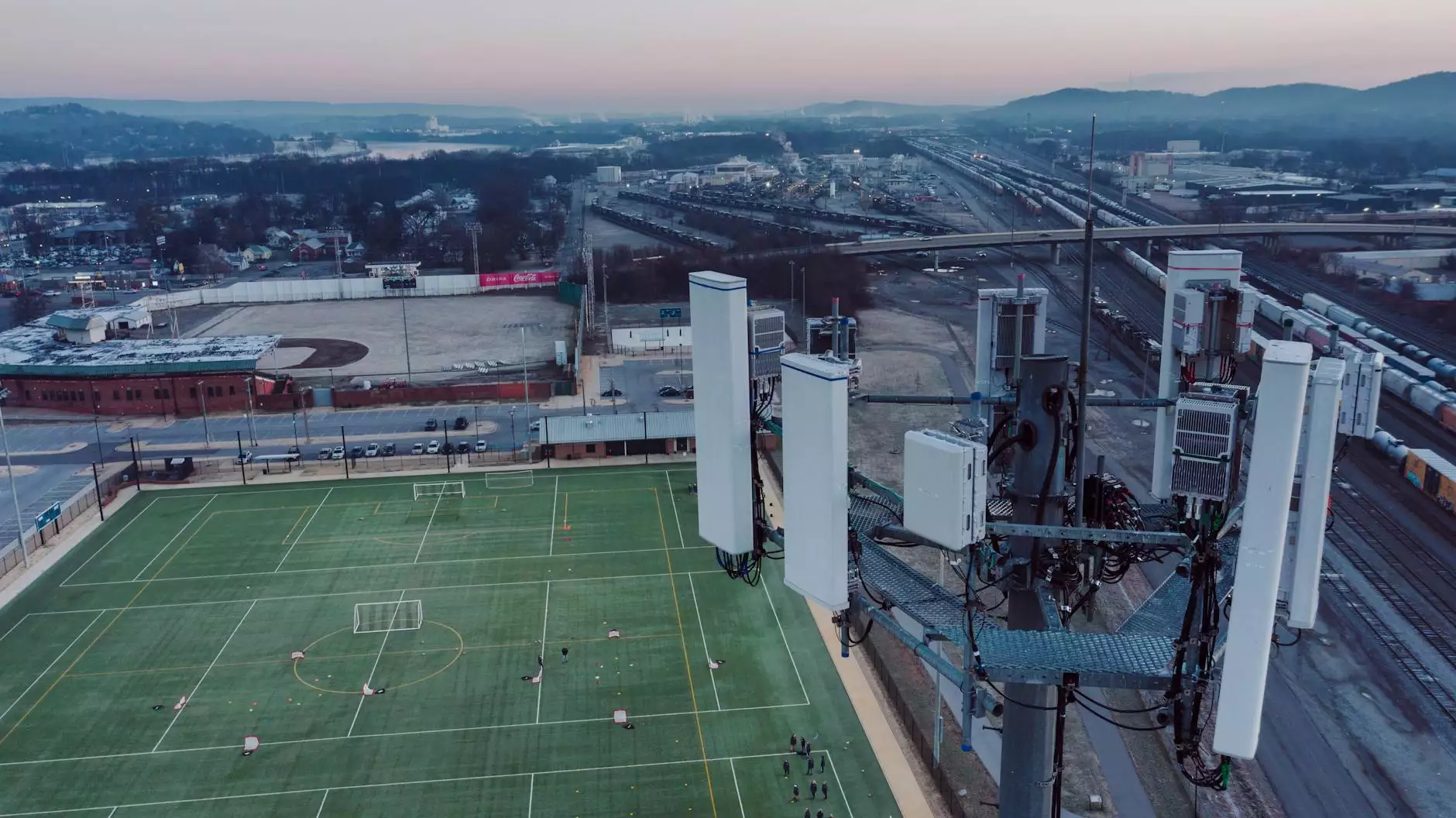Understanding Cell Tower Antenna Types

In the world of telecommunications, cell tower antennas serve as the backbone of modern connectivity. They are crucial for enabling mobile communication by transmitting and receiving signals between mobile devices and the network. Different cell tower antenna types play distinct roles in shaping how we experience wireless communication. In this article, we will delve into the various types, their functionalities, advantages, and the pivotal role they play in enhancing communication networks.
1. What Are Cell Tower Antennas?
Cell tower antennas are pivotal devices that facilitate radio communication. Positioned on cell towers, they transmit and receive radiofrequency (RF) signals. These antennas can vary widely in design, functionality, and application depending on the specific usage and technological requirements. The right selection of antenna can significantly impact service quality, coverage area, and mobile communication efficiency.
2. The Importance of Selecting the Right Antenna
Choosing the appropriate cell tower antenna type is vital for several reasons:
- Coverage Area: The antenna type affects the geographical coverage and signal strength.
- Capacity: Different antennas serve varying volumes of network traffic and user density.
- Signal Quality: The correct antenna selection can enhance data rates and call quality.
- Frequency Range: Some antennas are designed for specific frequency bands, impacting compatibility with mobile networks.
3. Common Types of Cell Tower Antennas
There are various cell tower antenna types, each with unique characteristics and applications. Below are some of the most common types:
3.1. Omni-Directional Antennas
Omni-directional antennas are designed to radiate signals in all horizontal directions. They serve a 360-degree coverage area and are commonly used for:
- Wide Area Coverage: Ideal for urban settings where signals need to reach multiple directions.
- Low-Capacity Sites: Suitable for locations with low user density.
Their simplicity and effectiveness make them a popular choice for many telecommunications providers.
3.2. Directional Antennas
In contrast to omni-directional antennas, directional antennas transmit signals in a specific direction. They are characterized by:
- Focused Coverage: Excellent for targeting specific areas or extending coverage to less populated regions.
- Increased Signal Strength: Ideal for long-distance communication and boosting signal quality.
- Applications: Common in rural or suburban areas where connectivity must reach farther distances.
Directional antennas play a crucial role in enhancing the effectiveness of the telecommunications network.
3.3. Sector Antennas
Sector antennas are a hybrid approach that focuses on providing coverage to a specific sector of the area around the cell tower. They are typically used in urban environments where towers serve multiple sectors:
- Three-Sector Configuration: A tower may contain three sector antennas, each covering 120 degrees.
- Enhanced Capacity: Ideal for high-density user environments, allowing for better frequency reuse.
These antennas ensure that areas are adequately served while maximizing the efficiency of bandwidth use.
3.4. Panel Antennas
Panel antennas are another common type used within cell towers. These antennas are flat and rectangular, providing several benefits:
- Stealthy Design: Often blend into the urban landscape, minimizing visual impact.
- High Gain: Delivers high amplification for better signal quality, making them suitable for high-density areas.
Panel antennas are also critical for integrating LTE and 5G technology within cityscapes.
3.5. Yagi Antennas
Yagi antennas are highly directional and known for their gain-focused properties. They are typically used in scenarios like:
- Rural Areas: When extending coverage over greater distances.
- Point-to-Point Communication: Useful for establishing reliable links between two locations.
Given their ability to suppress noise from unwanted directions, they are excellent for specific applications where minimal interference is desired.
4. Advanced Antenna Technologies
With the evolution of telecommunications technology, particularly the rise of 5G, antenna technology has also advanced significantly. Here are some cutting-edge technologies:
4.1. MIMO Technology
Multiple Input Multiple Output (MIMO) systems utilize multiple antennas at both the transmitter and receiver to improve communication performance:
- Increased Data Rates: Allows for higher throughput than traditional antennas.
- Enhanced Reliability: Improves signal reliability and reduces dropout issues.
4.2. Smart Antennas
Smart antennas combine hardware and software to adaptively steer the antenna’s beam to maintain a strong connection with the user's device:
- Dynamic Adaptation: Automatically adjusts the signal path based on user movement and traffic flow.
- Improved Efficiency: Optimizes the utilization of available bandwidth.
4.3. Massive MIMO
Massive MIMO takes MIMO technology to the next level by utilizing a large number of antennas at each base station. This provides:
- Skyrocketed Capacity: Significantly enhances data rates and user capacity.
- Spatial Diversity: Improves the coverage and reduces latency.
Such technology is key to unlocking the full potential of 5G networks.
5. Challenges in Antenna Deployment
Despite advancements, there are challenges in deploying cell tower antennas, including:
- Regulatory Hurdles: Compliance with local and federal regulations can complicate deployment.
- Cost Factors: The cost of high-quality antennas and installation can be high.
- Site Acquisition: Finding suitable locations for tower installation, especially in urban areas, poses a significant challenge.
6. Future Trends in Cell Tower Antenna Technology
The future of cell tower antennas is promising, driven by the need for improved mobile communication and user demand for higher data rates. Expected trends include:
- Integration of AI: Utilizing artificial intelligence in antenna systems for optimized performance.
- Increased Use of Beamforming: More networks adopting beamforming techniques to enhance connectivity quality.
- Sustainable Solutions: Development of energy-efficient antennas to reduce the environmental impact.
7. Conclusion
As the demand for connectivity and data increases, understanding the various cell tower antenna types becomes crucial for both providers and consumers. Each antenna type has its unique advantages and applications that cater to the specific needs of different environments. With the ongoing advancements in technology, including MIMO and smart antennas, we can expect even more powerful and efficient communication solutions in the future.
Incorporating these technologies effectively can lead to substantial improvements in service quality, coverage, and user satisfaction, which are essential in the competitive field of telecommunications, IT services, and Internet service providers. Embracing these advancements is not just beneficial but necessary to stay ahead in the rapidly evolving digital landscape.









